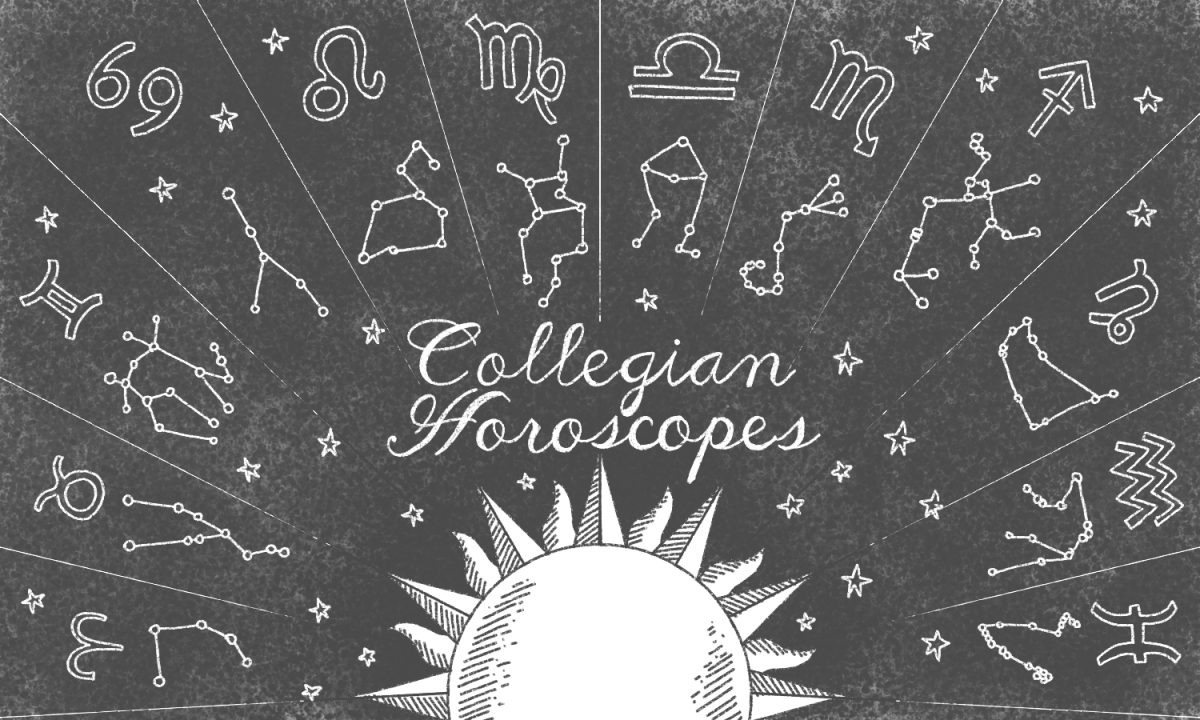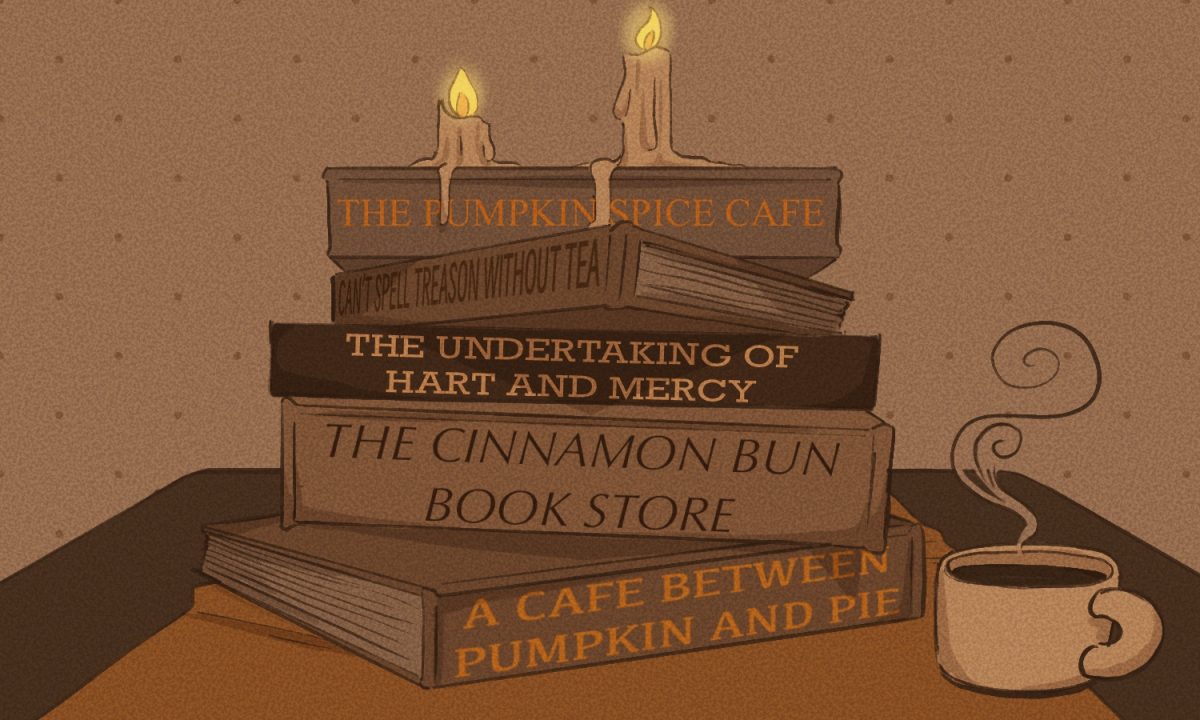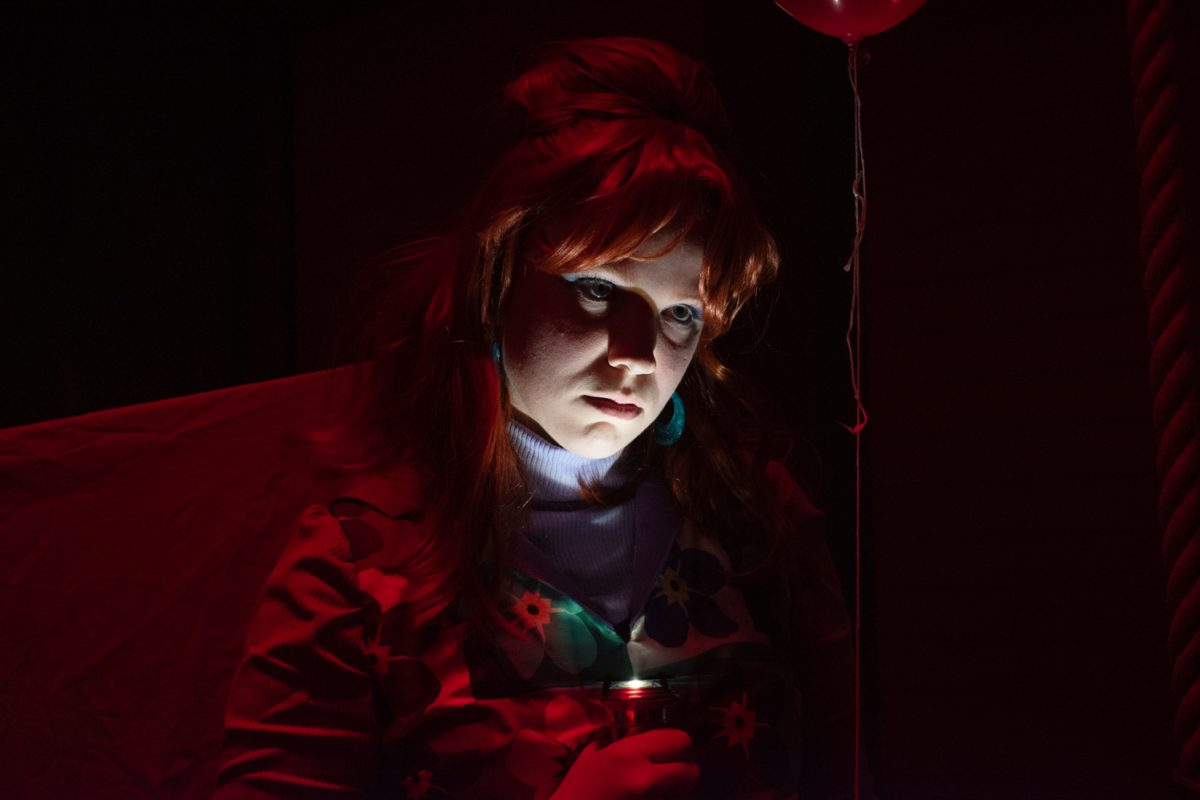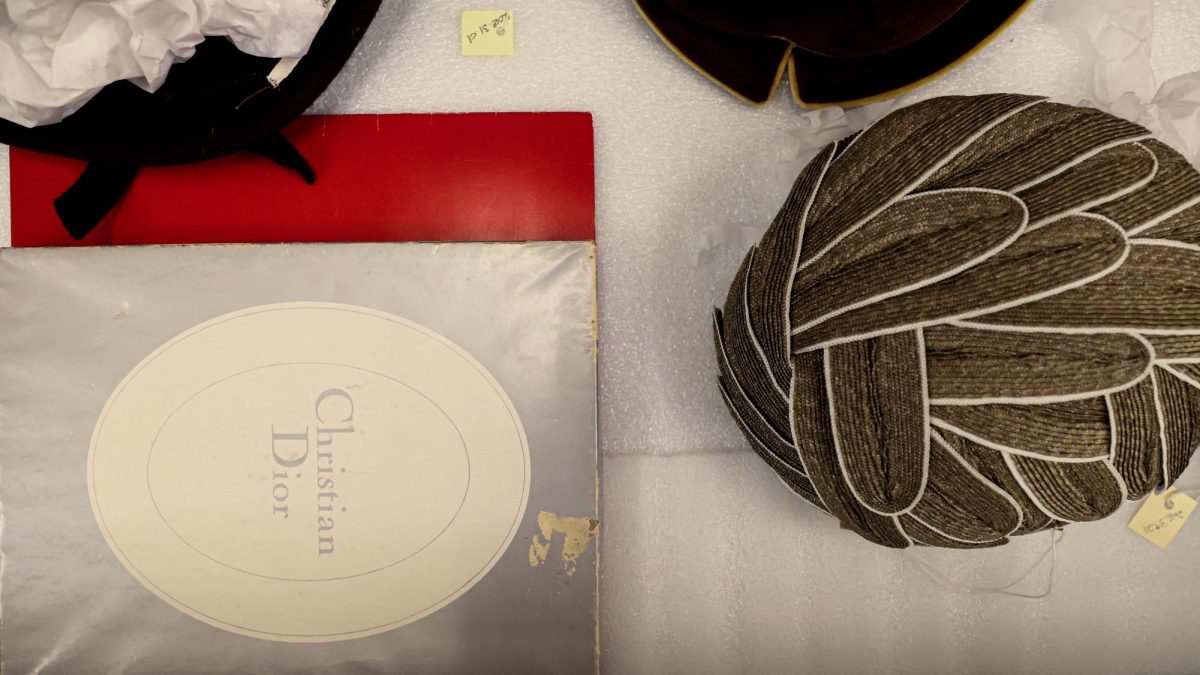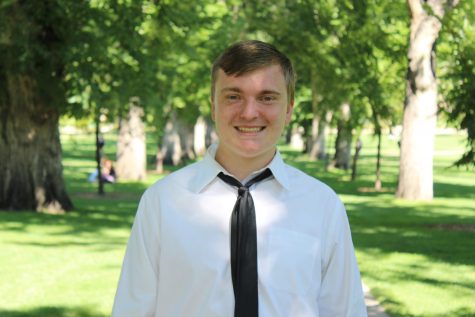In early August, “Avatar: The Last Airbender” creators Michael Dante DiMartino and Bryan Konietzko departed from Netflix’s live-action project, according to posts on their social media accounts. However, enthusiasm for the Avatar universe has experienced a revival following ATLA’s streaming debut on Netflix in May, and its sequel series, “The Legend of Korra,” arrived on the platform just days after the creators’ departure.
While it’ll be some time until I close out on this new series, here are my reviews for Books One and Two with spoilers for TLOK and ATLA.
Book One: Air
There is admittedly a lot to unpack right out of the gate. For starters, the setting has changed drastically on many levels. Set roughly 70 years after the events of ATLA, Book One introduces us to an almost abruptly modern take on the “Avatar” universe.
Republic City, for instance, forms our first impression of an urban environment, and society has shaped itself to it, with political infrastructures, disenfranchised citizens and a technological revolution reminiscent of the 21st century.
In addition to these vast changes, many of the more mystical elements from ATLA have become commonplace, such as the lightning bending techniques previously demonstrated only by members of the Fire Nation’s royal family and Metalbending, which advanced far beyond what Toph demonstrated in the original series.
Overall, I rate season one a 6 1/2 out of 10.
With these additions, TLOK poises itself in a really unique position — it doesn’t suffer from an identity crisis attempting to imitate ATLA. But many of the new themes that surface in the series don’t get explored at more than a surface-level glance.
For instance, Korra is jarringly introduced to the realities of Republic City, where homelessness and bending violence have skyrocketed, but neither of these issues are developed fully. The series also moves hastily in criminalizing the Anti-bending Revolution, a movement at the forefront of Book One’s ambitions that aims to deport those who have long abused bending to exert force over those who can’t.
Throughout the season, we are introduced to characters who have felt immense loss at the hands of benders such as Asami, Mako and Amon.
But despite this flawed power dynamic at the core of the plot, the victims are rarely the subject of sympathy, and the Equalists take their place as the primary villains, though larger societal issues roil beneath the surface.
That said, I thoroughly enjoyed the reveal of Amon’s identity. The way in which bending has shaped Amon’s beliefs and his crusade is a twisted story that I only wish we had seen more of. And the finale’s chilling ending is one that will hang with me for a long time. Overall, I rate season one a 6 1/2 out of 10.
Book Two: Spirits
Again, this season’s ambitions drive it well past a reasonable amount of change. If Book One was a jarring awakening to a modern world, Book Two is a forceful tug in the opposite direction. The season’s title is nothing if not honest, however, as Korra grapples with her spirituality in a way that Book One sorely lacked before the season finale.
I rate season two a 7 1/2 out of 10.
But the differences between the two seasons are drastic; everything from themes to animation styles experience some level of rebirth rather than expansion from the foundation set by Book One and, to the dismay of many fans, the foundations built by ATLA. I was severely put off by the changes at first, but upon revisiting, the season holds weight.
While the deeply mystical forces Korra faces are bafflingly unique compared to Amon and the Equalists, it finally brings welcome change to Korra’s character, who thus far had been a powerful and determined bender but ultimately fairly one-dimensional. The interactions between her and the past Avatars, as well as her newfound revelations about the spirit Raava, establish a much more profound theme of inner harmony for the series.
In addition to the mystical threats Korra must challenge throughout Book Two, some more modern evils also coexist, as symbolized by the civil war and Varrick. While these don’t pass much deeper than the surface, it’s refreshing to see the show take on villains such as corporate greed and propaganda. Overall, I rate season two a 7 1/2 out of 10.
Noah Pasley can be reached at entertainment@collegian.com or on Twitter @PasleyNoah.


